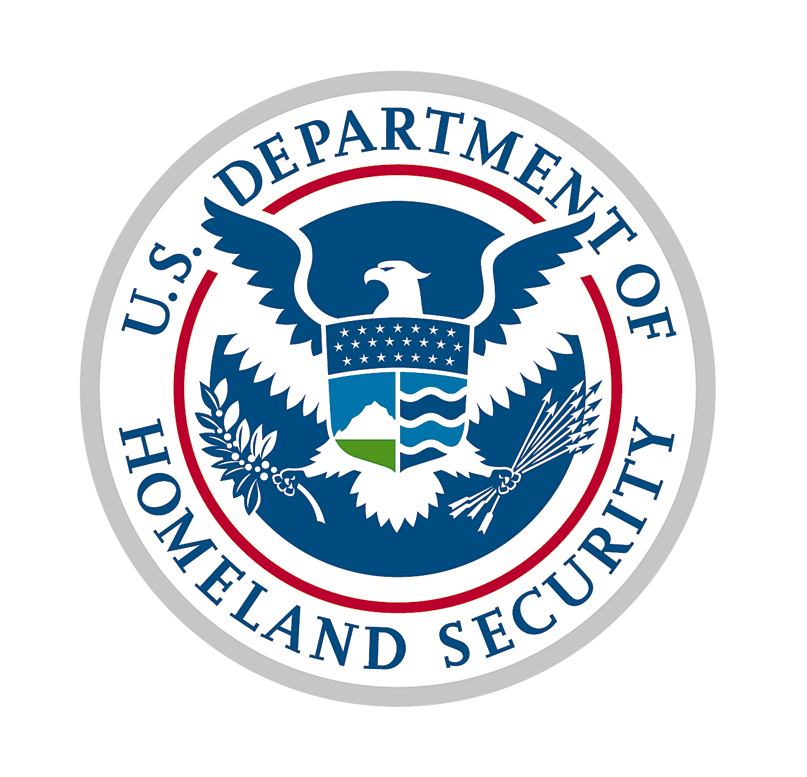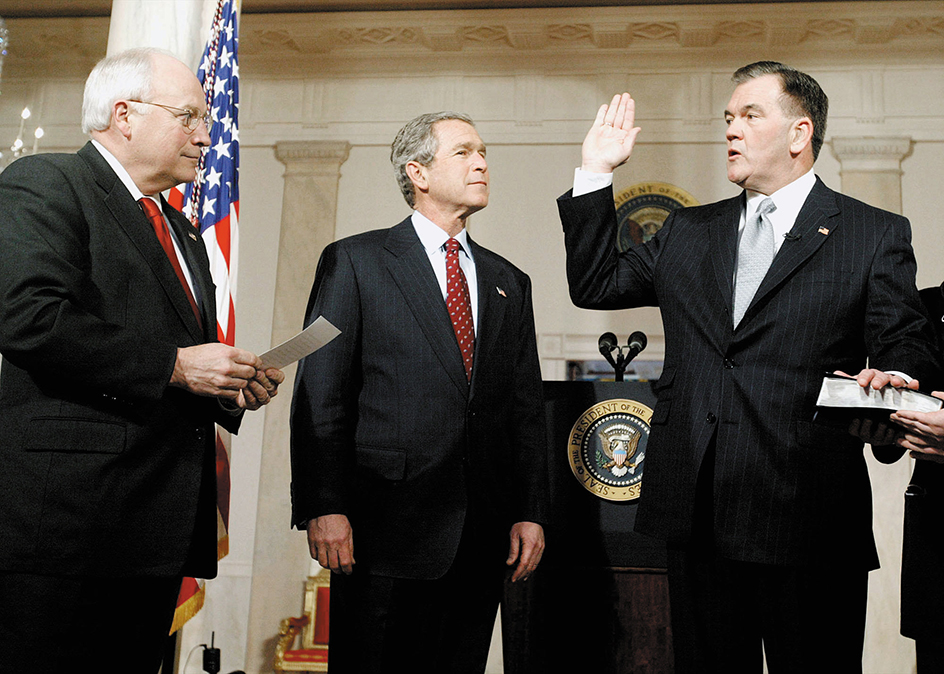Homeland Security, Department of, is an executive department of the United States government that works to ensure the safety of the nation. The department coordinates efforts to prepare for, detect, prevent, respond to, and recover from terrorist activity. The secretary of homeland security, a member of the president’s Cabinet, heads the department. The president appoints the secretary with the approval of the U.S. Senate. The department was established by the Homeland Security Act of 2002.

The department, sometimes called the DHS, assists with intelligence-gathering efforts and distributes information to appropriate agencies. It reviews, evaluates, and maintains federal security procedures and emergency plans. The department also provides security for the president and at major events, structures, and facilities. It works with numerous federal, state, and local agencies in designing national strategies and putting them into effect. The department’s website at http://www.dhs.gov presents information on its activities.
Organization.
The Department of Homeland Security includes a number of agencies and other divisions. The Directorate for National Protection and Programs works to reduce risks to such facilities and services as airports, roads, bridges, utilities, and computer systems. The Directorate for Science and Technology helps conduct research and develop technology in support of homeland security. The Directorate for Management oversees the department’s budget, management, and personnel matters. The Office of Policy develops and coordinates departmentwide policies, plans, and programs. The Office of Health Affairs works to implement plans for medical and health preparedness. Such plans include measures to prevent and respond to chemical and biological attacks. The Office of Intelligence and Analysis identifies and assesses threats to the United States.
The Office of Operations Coordination works to coordinate the homeland security activities of federal, state, territorial, tribal, local, and private sector partners. The Federal Law Enforcement Training Center provides training to law enforcement officers in dozens of federal agencies. The Domestic Nuclear Detection Office works to improve the nation’s ability to detect unauthorized attempts to import or develop nuclear material.
United States Citizenship and Immigration Services provides a number of services related to the immigration process. United States Customs and Border Protection provides protection and conducts inspections of goods, people, and vehicles at the country’s borders. United States Immigration and Customs Enforcement handles immigration-related investigations and law enforcement duties. The Federal Emergency Management Agency helps communities prepare for and recover from disasters. The Transportation Security Administration protects the nation’s transportation systems. The U.S. Coast Guard, a branch of the armed forces, works to protect the public, the environment, and U.S. economic interests in maritime regions. The U.S. Secret Service protects the president and vice president, their immediate families, and certain other individuals.

In addition, the Department of Homeland Security oversees a number of agencies and laboratories relating to computer security, disease control, hazardous materials, health preparedness, and other security-related matters. However, the Federal Bureau of Investigation (FBI) and the Central Intelligence Agency (CIA), both of which also deal with national security, are not part of the department.
History.
During the late 1900’s, several people called for the creation of a federal agency to deal with terrorist threats. However, such an agency was not created until after Sept. 11, 2001. On that date, about 3,000 people died as a result of the worst terrorist attack in U.S. history. Terrorists in two hijacked commercial airplanes crashed into the two towers of the World Trade Center in New York City. A third hijacked airplane crashed into the Pentagon Building outside Washington, D.C. A fourth hijacked airplane crashed into a rural area in Somerset County, Pennsylvania. In October 2001, President George W. Bush called for the establishment of the Office of Homeland Security. Bush named Pennsylvania governor Tom Ridge as the office’s director.

In November 2002, Congress passed a bill expanding the Office of Homeland Security into a new executive department. The bill transferred a number of government agencies and responsibilities to the new department. The department began operations in January 2003. Ridge became the first secretary of homeland security.
In January 2004, the Department of Homeland Security introduced a program called US-VISIT (United States Visitor and Immigrant Status Indicator Technology). The program requires many foreign visitors to be photographed and to have their fingerprints scanned upon arriving at U.S. airports and seaports. During the screening process, fingerprints are checked against records in an electronic database for suspected terrorists and people with criminal backgrounds.
In 2007, the department announced its Western Hemisphere Travel Initiative as part of an effort to increase security measures. The initiative requires U.S. citizens and citizens of Canada, Mexico, and Bermuda to present a valid passport when traveling by air to the United States from any part of the Western Hemisphere.
